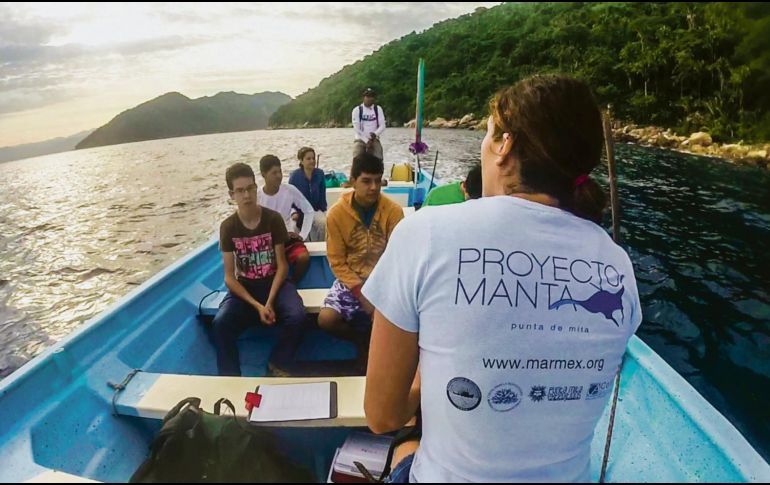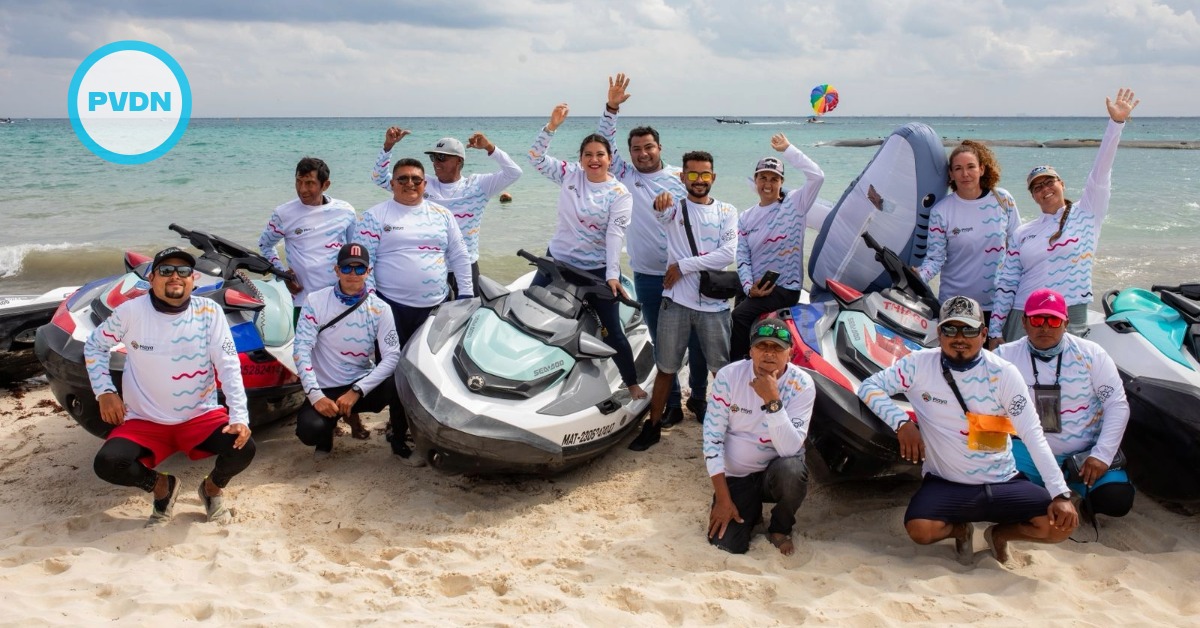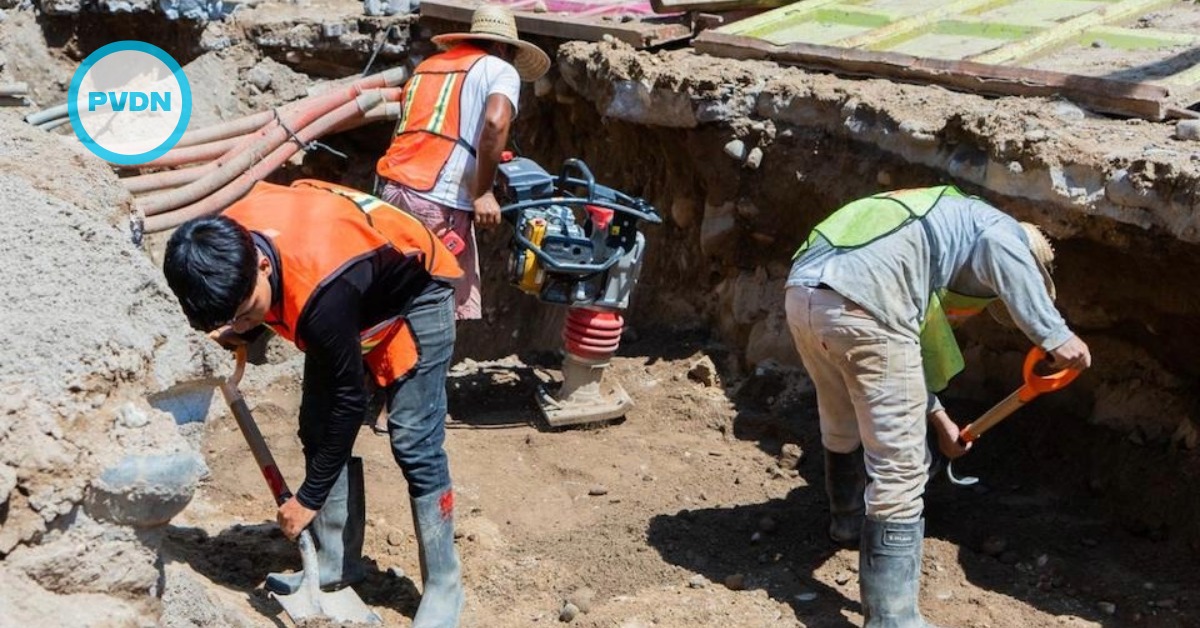Being an expert of the Manta Rays (mantas gigantes in Spanish) was not the only objective of Iliana Fonseca, the marine biologist chosen to use her knowledge to preserve this species off of Mexico's Pacific Coast.
Born in Guadalajara, but living in Puerto Vallarta, Iliana Fonseca has attracted attention since she joined the Manta Trust project, focused on raising awareness among the population to protect this species that beautifies the waters of Xalapa.
Iliana is one of the nominees on behalf of Disney and its "Celebrate the Earth" program, which highlights the work of experts and non-profit conservation . . .






